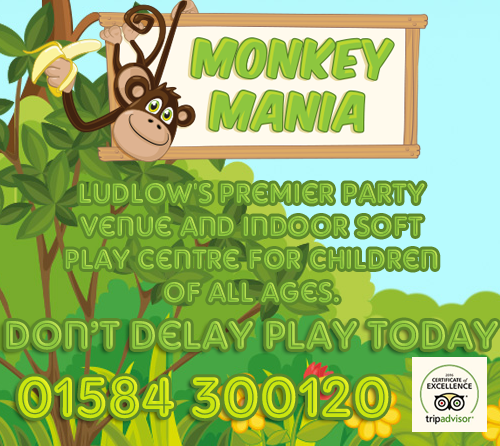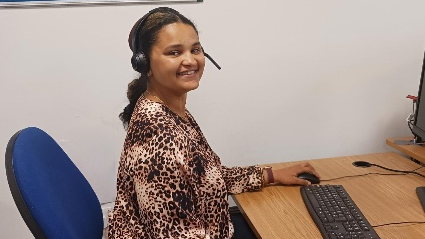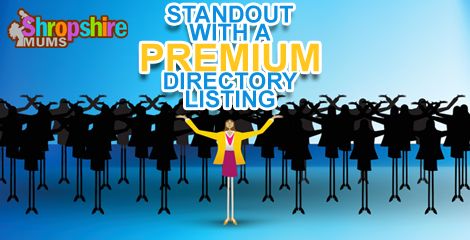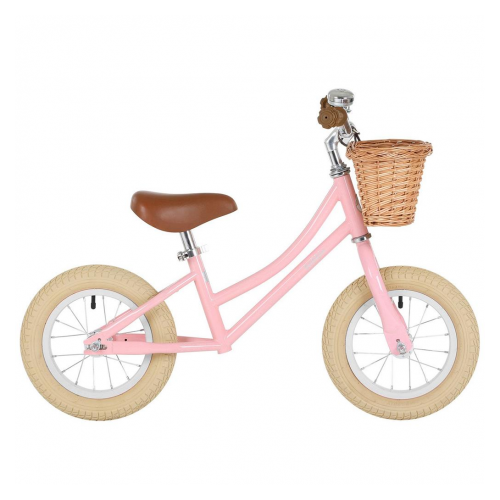Phobias In Children
Health & Well-being 2k
Added by:
Shropshire Mums on Thu Sep 26 11:02 2019
Just like many adults,
children too can suffer from fears, anxieties, and often phobias. The central difference
between a ‘normal’ fear and a phobia is the level to which that fear manifests
itself and the persistent levels of anxiety that it carries with it. Described
as a form of anxiety disorder, phobias can often be overwhelming and
debilitating to the individual. They are more acute than a fear and develop
when a person, in this case, a child, develops an exaggerated sense of danger
surrounding a particular object, situation or place.
Young children tend to have
more fears and phobias than most adults, with the level of emotional reaction
they experience often being more intense. Regardless of how irrational a fear
may seem to an outside perspective, to the sufferer it’s very real, and for
children, in particular, the sensations and physical response can often feel
incredibly scary and intense.
In the UK, it is thought
that around 5% of children suffer from phobias, and this increases dramatically
to 16% of British teenagers. Whilst it’s common for children to have fears of
certain things, such as dogs, the dark, dentists, etc, phobias are when these
fears become so debilitating and severe that they impact a child’s quality of
life and can even make everyday activities impossible, even with reassurance
from adults or caregivers.
Understanding the symptoms
of phobias in children and how to help them is important, CABA, the wellbeing charity, has put
together a handy guide for spotting phobias and how you can help to support
your child if they’re suffering.
Symptoms
These extreme fears come
from the internal drive to keep ourselves safe from harm. When someone is
experiencing a phobia, their body doesn’t recognise that it’s not actually in a
dangerous situation and doesn’t need a ‘fight or flight’ response. However, it
will continue to create the sense of imminent danger for the individual.
Here are some recognisable
physical and psychological symptoms of a phobia;
- Increased
heart rate
- Sweating
- Shaking
or trembling
- Upset
stomach and feeling the need to go to the toilet
- Feeling
dizzy or faint
- Sensation
of choking
- Hot
flushes
- Dry
mouth
- Pins and
needles or the sensation of numbness
- Fear of
dying
- Fear of
losing control and dread
Is it a phobia, or just a phase?
It’s important to
distinguish between temporary transient fears (normal childhood worries), and
phobias in children. The majority of children go through phases of fearing
certain things, and this is closely related to their age – very young children
may fear animals, the dark or loud noises. Whilst slightly older children may
find themselves scared of personal danger, doctors or open wounds for example.
Parents should be aware that these fears are quite natural and over time they
will naturally ease.
Treatment
Although there is no way to
prevent a child from developing a phobia, there are many treatments now
available to help ease the symptoms and give coping strategies to enable the
child to overcome the phobia. These include:
- Talking therapies
– these help children to discuss what it is that’s causing such distress
and extreme fear. It gives them the opportunity to learn new techniques
and ways of controlling the phobia
- Desensitisation
– this is where you expose your child to the source of their anxiety in
small and manageable amounts, whilst providing them with support.
Eventually, they’ll find themselves becoming a little less sensitive to
the source each time they confront it
- Medication -
In some extreme cases medication can be an option, however, this should be
guided by a professional doctor with experience in child phobias.
As a parent, there are a
number of things you can do which may prove useful for helping a child
suffering from a phobia. Be understanding and sympathetic, talk to your child
and listen to their fears, whilst gently explaining that they can overcome
them. Never belittle the phobia, to the child it’s very intense and real.
Whilst it can be frustrating, remember to be patient with them, as overcoming
phobias takes time and courage meaning they should be praised and encouraged
through each milestone.
It’s also important to
remember that the emotional turmoil experienced by a child with a phobia can
have a serious impact on the rest of the family. Parents often intensely share
the worries of their children and it can be distressing to see your child
suffering in such a way. So be sure to get the necessary help for yourself, to
ensure that you are best equipped to deal with the emotional ups-and-downs of
seeing your child suffer from a phobia. Ensure you have a strong support system
for yourself in place, and make sure you don’t carry the full weight of this on
your own.


























